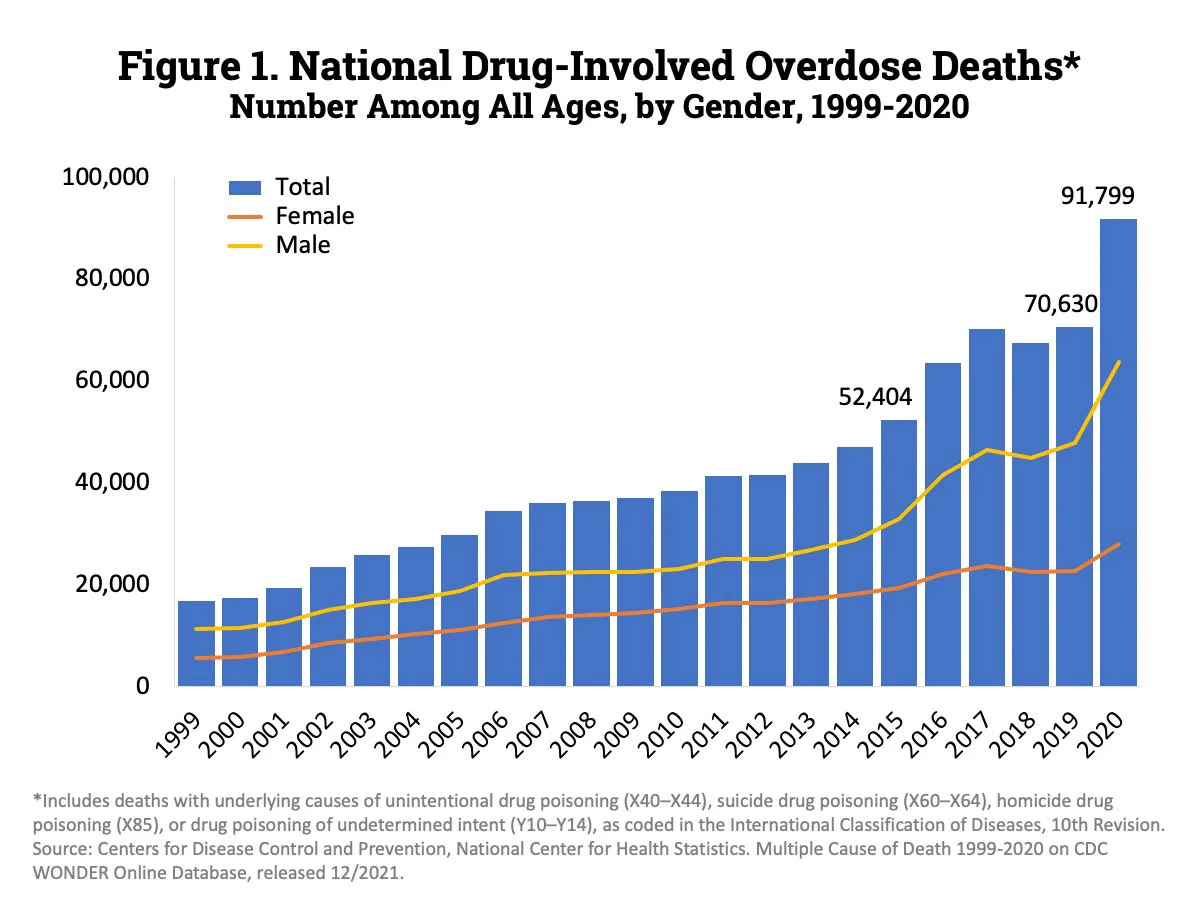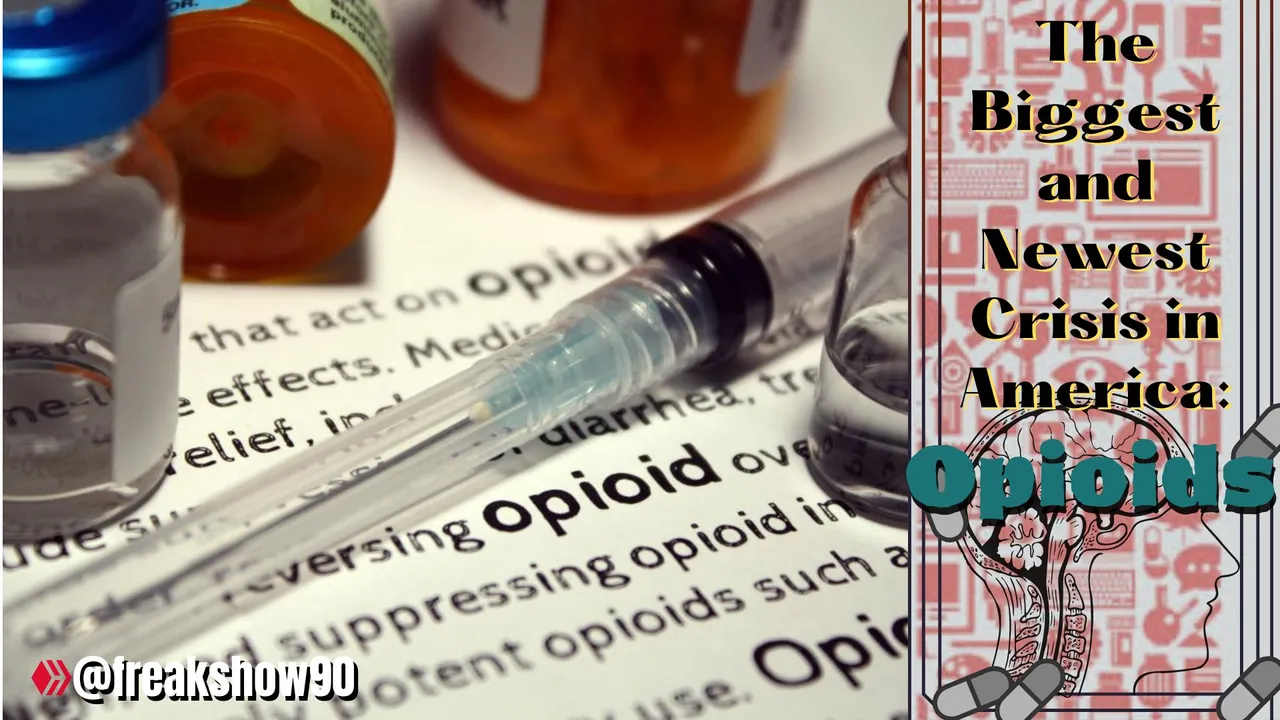

When we think of epidemics, we do not usually associate them with a man-made agent; or rather, with a number of substances, which are not illegal in principle but which have done a great deal of damage in just a few years. Moreover, when we think of epidemics, we think of something that is potentially dangerous but certainly of natural origin: monkeypox, covid-19, the cholera virus, or the presence of a virus that is endemic or prevalent in a given population. Unfortunately, none of this pertains to the reality that I have come to tell you, to expose to you. This is the story of how a real epidemic chaos has been created in the United States of America, and is still far from being resolved: opioids, an unnecessary but real evil.
I suppose that in order to understand, we have to apply another of the things that fiction takes from reality; in this case, electronic music imitates everyday reality. In the album "Human After All" by Daft Punk, there is a song that will help me to explain, with metaphor this example: Television Rules The Nation, is the name of a song little taken into account by the French duo but that is an idea to explain the demonic marketing campaign that Purdue Pharmacy Company, or just Pardue, did. When in the mid-1990s they reinvented themselves as a company by marketing a drug that shattered the addicted and already opiate-saturated guts of Americans, with the launch of "OxyContin", a drug (according to them, Purdue) dedicated to combat moderate to severe pain, and which could be sold without any medical prescription whatsoever.
Cuando pensamos en una epidemia, por lo general, no solemos asociarlos con un agente artificial; o mejor dicho, con una serie de sustancias, que en principio no son ilegales pero que sí han hecho muchísimo daños en tan solo unos cuantos años. Es más, cuando pensamos en epidemia, pensamos en algo que es potencialmente peligroso pero ciertamente de origen natural: la viruela del mono, la covid-19, el virus del cólera o la presencia de algún virus endémico o que sea frecuente para una determinada población. Infortunadamente, nada de esto pertenece a la realidad que he venido a relatarles, a exponerles. Esta es la historia de cómo se ha creado un verdadero caos epidémico en los Estados Unidos de América, y que aún, está lejos de resolverse: los opioides, un mal innecesario pero real.
Supongo que para poder entender, tenemos que aplicar otra de las cosas que la ficción coge de la realidad; en este caso, la música electrónica imita la realidad de todos los días. En el disco "Human After All" de Daft Punk, hay una canción que me ayudará a explicar, con metáfora este ejemplo: Television Rules The Nation, es el nombre de una canción poco tomada en cuenta del dúo francés pero que es idea para explicar la endemoniada campaña de marketing que hizo Purdue Pharmacy Company, o a secas; solo Pardue. Cuando a mediados de los 90's se reinventó como empresa al comercializar un medicamento que destrozó las entrañas adictas y ya saturadas de opiáceos de los estadounidenses, con el lanzamiento del "OxyContin" un fármaco (según ellos, Purdue) dedicado a combatir el dolor moderado a grave, y que podía ser vendido sin receta (prescripción) médica alguna.
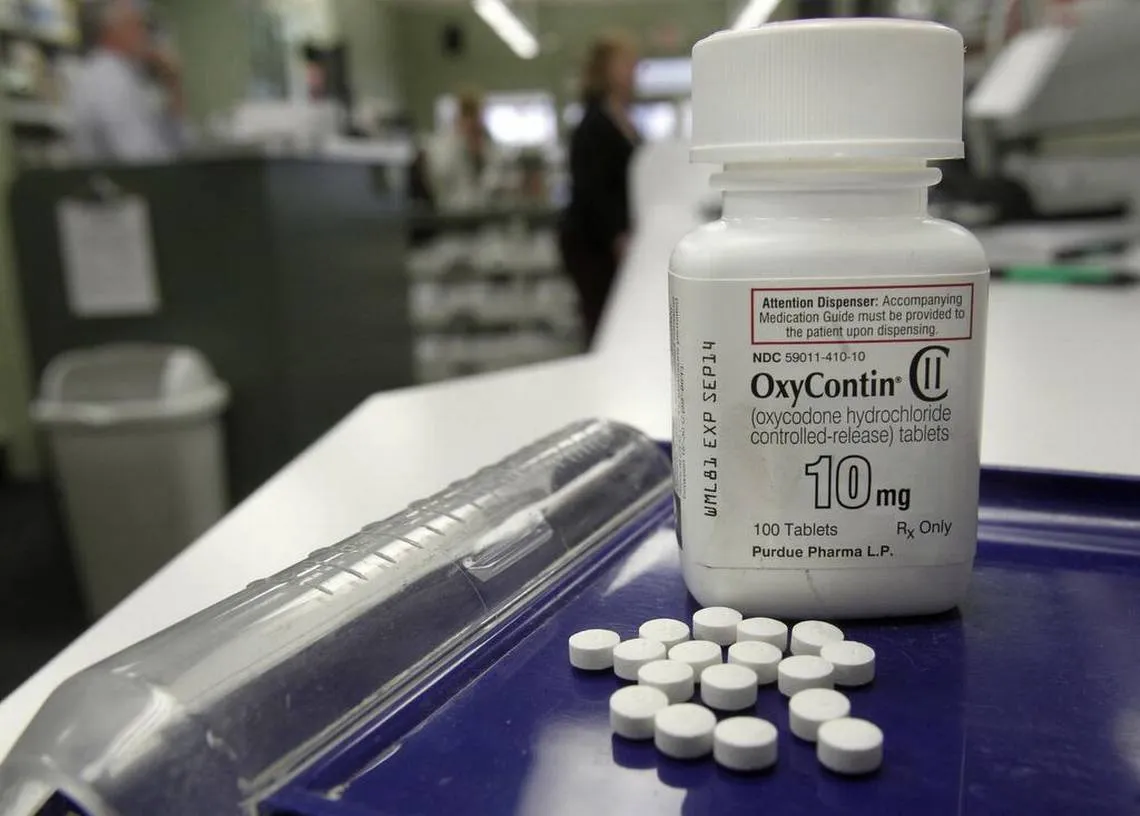

Here are three artistic examples that shed a lot of light on the harm of this (unique) drug. Whitney Houston, Prince and Tom Petty were just a few of the many musicians who have died (unnecessarily and negligently) at the hands of "Oxy". How, you may ask, could such a thing have happened? Well, we are talking about a pharmaceutical drug derived from opium, and like many opioids, its abusive, repeated but at the same time regular use creates a terrible and almost irrecoverable addiction. The point is that the example of these three artists is not followed by a classic case of addiction in the sense of the words; all three suffered from illnesses that required specialised medical attention. While not of critical severity, it is no less true that it was their family doctors, whom they trusted, who prescribed "OxyContin" as a painkiller.
However, I'm getting ahead of myself.... What is OxyContin? Quite simply, it is a drug derived from opium, much stronger than morphine and chemically not so different from heroin (banned in almost every country in the world as a fulminant narcotic) which during the late 1990's and much of the 20th century has been free to market throughout the United States. Its key compound, or major alkaloid, is oxycodone, which is a refined derivative of the chemical creation process of opium. Such is the vileness of this pharmaceutical company that the BBC, CNN, Netflix, and even HBO have documentaries (spectacular ones, to boot) detailing the inception, development and rise of this epidemic of addiction in all social strata of the United States.
A continuación voy a dar tres ejemplo artísticos que dan muchas luces ante el daño de este (único) medicamento. Whitney Houston, Prince y Tom Petty, fueron tan solo algunos de los varios músicos que han fallecido (innecesaria y negligentemente) a manos del "Oxy". Se preguntará usted, ¿cómo pudo haber sucedido algo así? Pues, estamos hablando de una droga farmacéutica derivada del opio, y que como muchos opioides, su consumo abusivo, reiterado pero al mismo tiempo regular, crea una adicción terrible y casi irrecuperable. La cuestión, es que el ejemplo de estos tres artistas no viene seguido de un caso de adicción clásica en el sentido de la palabras; y es que los tres, sufrieron de enfermedades que requerían atención médica especializada. Si bien no era de gravedad crítica, no menos cierto es que fueron sus médicos de cabecera, en quienes ellos confiaban, quienes les recetaron el "OxyContin" como analgésico.
Sin embargo, me estoy adelantando... ¿Qué es el OxyContin? Muy simple, es un fármaco derivado del opio, mucho más fuerte que la morfina y que además, químicamente no es tan diferente de la heroína (prohibida en casi todos los países del mundo por ser un narcótico fulminante) que durante los finales de la década de los 90's y gran parte del siglo XXi ha estado libre de comercializar en todos los Estados Unidos. Su compuesto clave, o alcaloide mayor es la oxicodona, que es un derivado refinado del proceso de creación química del opio. Es tal la vileza que tuvo esta compañía farmacéutica, que la BBC, CNN, Netflix, y hasta la HBO tienen documentales (espectaculares, además) detallando el inicio, desarrollo y auge de esta epidemia de adicción en todos los estratos sociales de los Estados Unidos.
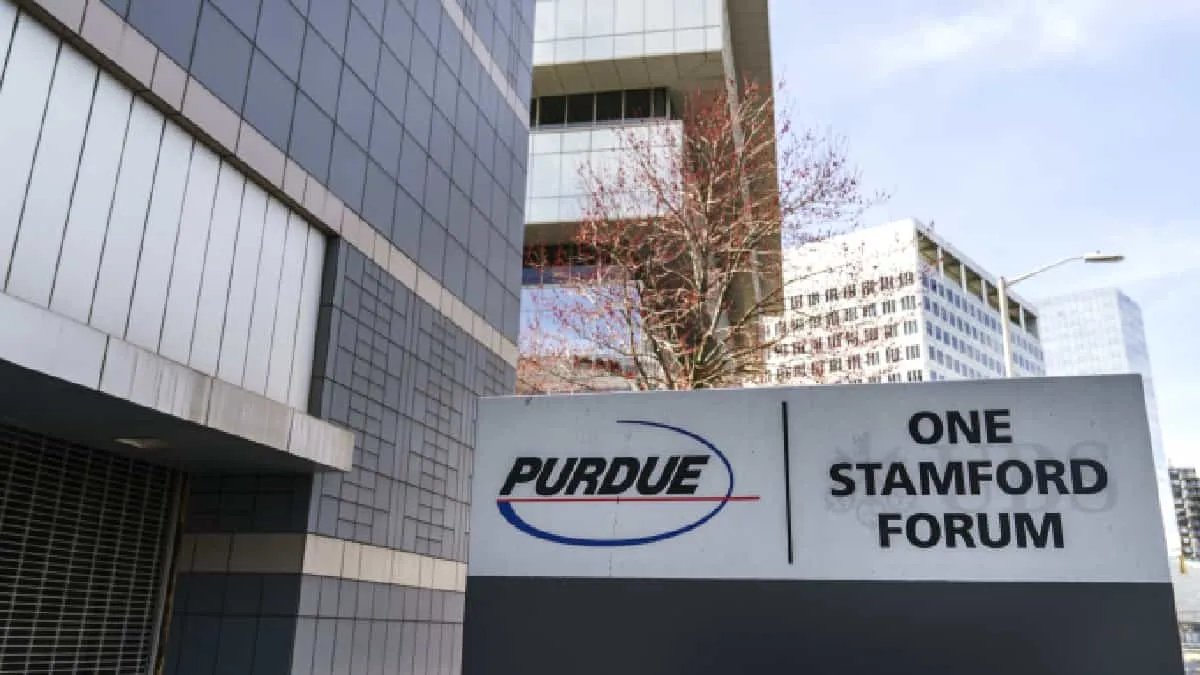
Unlike the first wave of the opioid crisis in the early 1990s, this "new" epidemic was created for one reason only: the unbridled greed of a single pharmaceutical company. The same, which was owned by the Sackler brothers until the end of the 90's and which is now (as it could not be otherwise) managed and run by the sons of the founders (now deceased). The truth is that this family group carried out a mega campaign of publicity, anthropological marketing and bribery within the health industry in the United States, even to the point of modifying the concept of "pain indicator" as life indicators. This is scientifically impossible, because unlike fever or pulse (which are measurable), pain is subjective and variable according to each condition, disease, diagnosis and biological resistance, among other characteristics.
Now, the lie that led to the addiction of millions of Americans (by 2021 there were approximately 1.9 million addicts) and more than 74,000 deaths due to overdoses from opioids such as fentanyl, oxycodone (OxyContin), morphine and heroin, began with the package leaflet that every drug should have. That is, the information that must be available on the box of the drug to be read by the patient and thus be informed about what he or she is consuming. Furthermore, the FDA itself (the institution in charge of regulating drugs and chemicals to be marketed in the United States) also gave the go-ahead for this drug to pass the necessary regulatory tests it had to pass before it could be sold, marketed and sold within the territory of that country.
A diferencia de la primera ola de la crisis de los opiáceos, en la década de los 90's (en sus inicios), esta "nueva" epidemia fue creada por una única razón: la codicia desmedida de una única farmacéutica. Misma, que era propiedad de los hermanos Sackler, hasta finales de los 90's y que ahora (como no podría ser de otro modo) es gerenciada y manejada por los hijos de los fundadores (ya fallecidos). Lo cierto, es que este grupo familiar hizo una mega campaña de publicidad, marketing antropológico, y de sobornos dentro de la industria de la salud en los Estados Unidos, llegando al punto incluso de modificar como indicadores de vida el concepto de "indicador del dolor". Algo que científicamente es imposible, porque a diferencia de la fiebre o el pulso (que son medibles) el dolor es subjetivo y variable según cada condición, enfermedad, diagnóstico y resistencia biológica; entre otras características.
Ahora bien, la mentira que derivó en la adicción de millones de estadounidenses (para cifras del 2021 era de aproximadamente 1. 9 millones de personas adictas) y más de 74.000 muertas a causa de sobredosis derivadas de opiáceos como el fentanilo, la oxicodona (OxyContin), morfina y heroína, empezó con el prospecto que todo fármaco debe poseer. Es decir, la información que debe tener disponible en la caja del medicamento para ser leída por el paciente y de ese modo estar informado con lo que está consumiendo. Además, la propia FDA (la institución encargada de regular los fármacos y químicos a comercializar dentro de los Estados Unidos) también dio el visto bueno para que este fármaco pasara las pruebas necesarias y reglamentarias que debía pasar, antes de gozar del derecho de poder ser vendido, comercializado y vendido dentro del territorio de ese país.
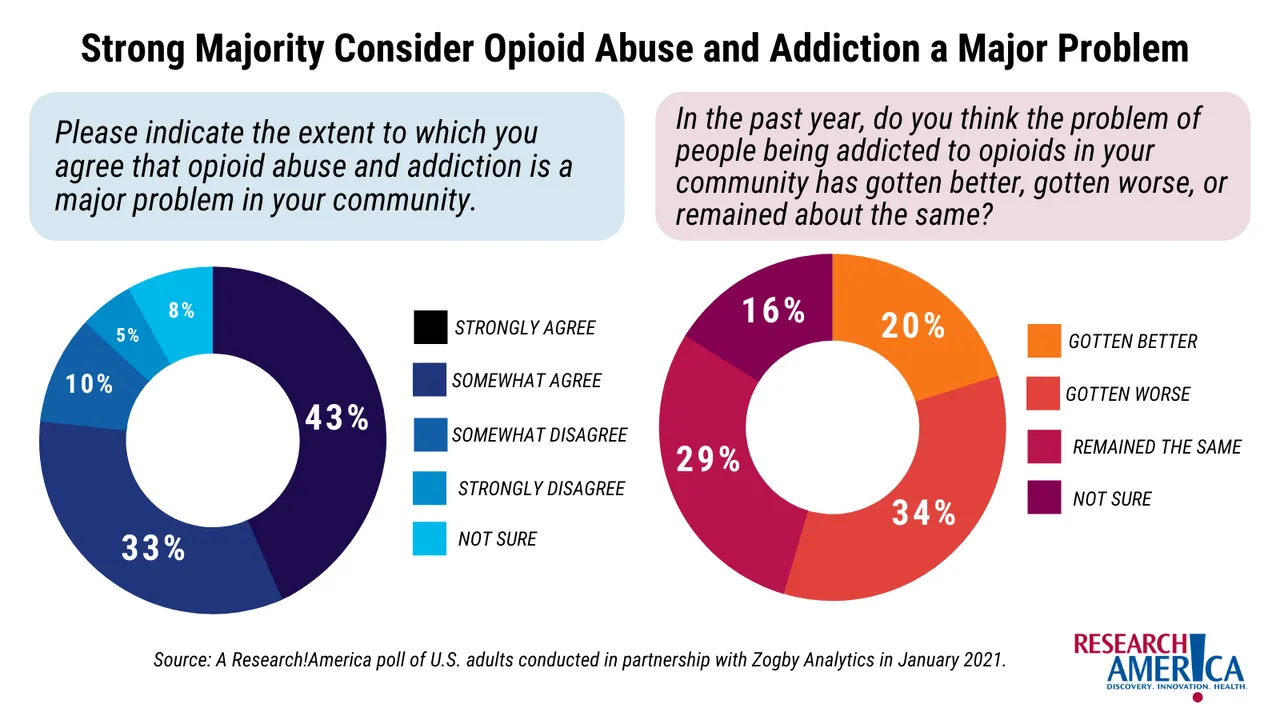
Therefore, the huge marketing campaign, government approval through the FDA, as well as the appearance of doctors, specialists and television commercials, which kept repeating like a loop, got the American public hooked on this new drug, which was also prescribed for injuries as varied as hip pain, severe menstrual cramps, moderate muscle pain or even as a treatment for pain after a postoperative period... The point is that oxycodone is so potent and so addictive that it ended up making slaves of a single drug to many people who had never taken drugs in their lives in the past.
Indeed, part of why this epidemic is so severe is precisely because it cuts across all social classes and strata of the population. From well-qualified professionals with stable jobs and families, to poly-toxics, they all end up in the same way: addicted to an incredibly strong but mostly lethal opioid. Simple, doctors prescribe orders to buy OxyContin but after the alarming state of addiction of patients, and the campaign to increase the dosage of this drug across the United States, the company was bombarded by a barrage of civil and criminal lawsuits over oxycodone deaths, and the drug "OxyContin" killing hundreds of thousands of people across the country in an alarming way.
Por tanto, la campaña descomunal de marketing, la aprobación gubernamental por medio de la FDA, así como la aparición de doctores, especialistas y los anuncios televisivos, que no dejaban de repetirse como si de un loop se tratase, hicieron que el público estadounidense acabase enganchado con este nuevo medicamento, que además, por si fuera poco, era recetado para lesiones tan variopintas como un dolor de cadera, cólicos menstruales fuertes, dolor muscular moderado o incluso como tratamiento para el dolor después de un postoperatorio... La cuestión es que la oxicodona es tan potente y tan adictiva, que terminó volviendo esclavos de un único medicamento a gran parte de las personas que jamás en su vida habían consumido drogas en el pasado.
De hecho, parte del por qué esta epidemia es tan severa, se debe precisamente a que abarca a todas las clases sociales y estratos de la población. Desde profesionales bien calificados, con trabajos y familias estables, hasta personas poli tóxicas, todas acaban de la misma manera: como adictos a un opioide increíblemente fuerte pero sobre todo letal ¿Cómo se acaba así y de un modo tan rápido? Sencillo, los médicos prescriben las órdenes para comprar OxyContin pero después del alarmante estado de adicción de los pacientes, y de la campaña de aumento en dosis de este medicamento en todos los Estados Unidos, la compañía de vio bombardeada por un montón de demandas civiles y penales a causa de las muertes por oxicodona, y por el fármaco "OxyContin" que acababa con la vida de cientos de miles de personas en todo el país de un modo alarmante.
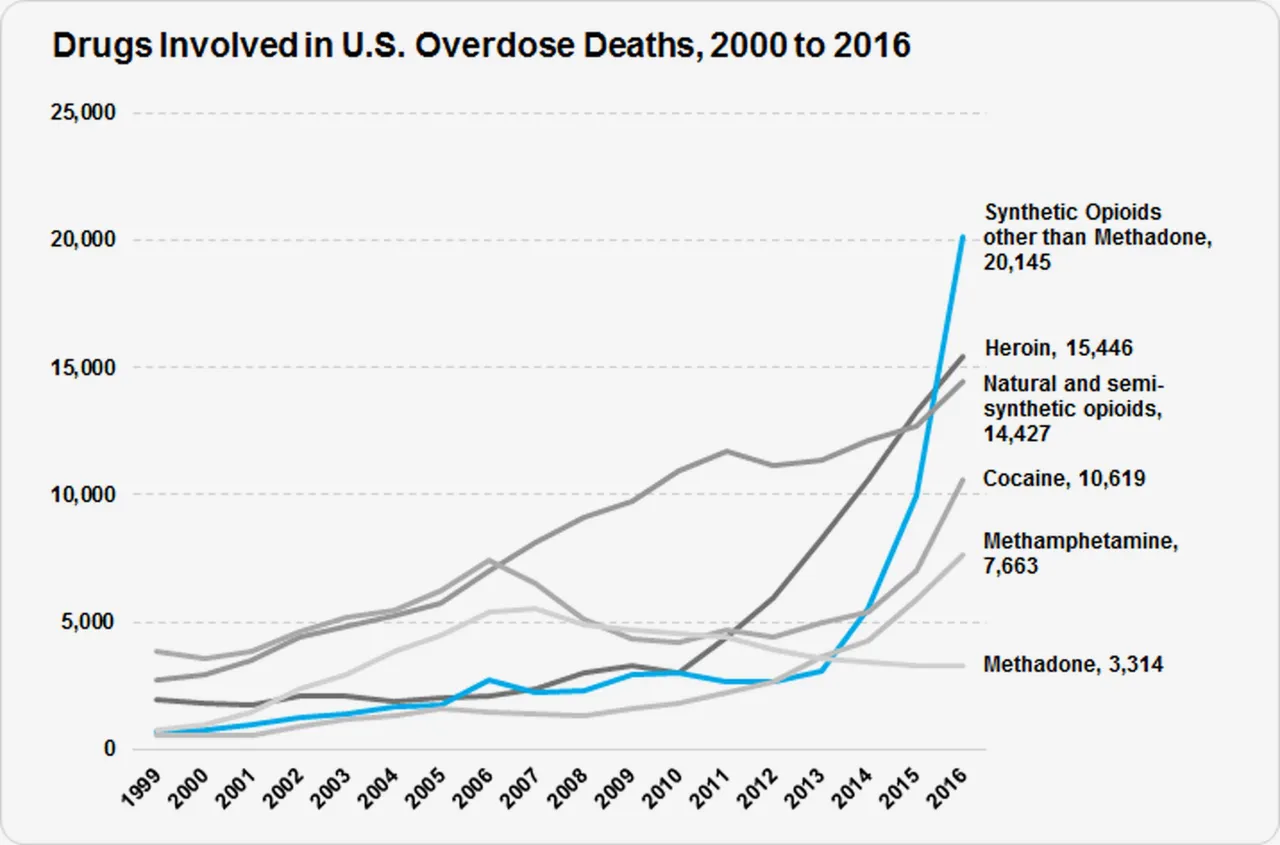
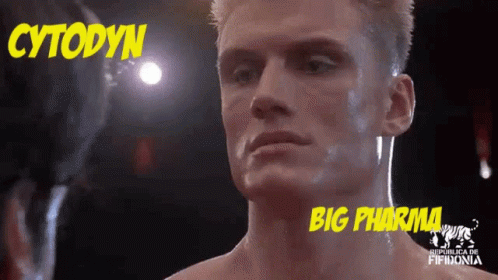
Quickly, the FDA saw the statistics and the cases of overdose deaths, and began to regulate OxyContin prescription orders. And not just regulate, but cancel the drug. Thus, overnight, thousands of people were demanding a drug that was in short supply or was no longer available in pharmacies, and when it was available, it was extremely expensive and required more and more quantities. This is how another part of the opioid crisis was created, the degeneration into heroin and fentanyl. Which at street prices was cheaper, easier to get, but absolutely more lethal. In states like West Virginia or Pennsylvania, opioid deaths outnumber even deaths from traffic accidents or death by alcohol...
It's a never-ending story, if you think about it. A pharmaceutical company invents a "revolutionary new" drug, advertises it, creates addicts everywhere, makes billions of dollars from the deception, death and conspiracy behind the compound that addicts an entire nation, and in the end gets away with paying "multi-million dollar" compensation for the lives it has taken, and all for what? Well, for the purest and most disgusting of human abilities: greed, and lack of humanity. Is this a surprise? Sadly, no. Although, it is not enough to change the way these companies proceed around the world. There are numbers, there is damage that will last for generations, there are culprits, will there be solutions to the problem? I don't think so.
Rápidamente, la FDA vio las estadísticas y los casos de muerte por sobredosis, y empezó a regular las órdenes de prescripción del OxyContin. Y no solo a regular, sino a cancelar el medicamento. Por tanto, de la noche a la mañana, miles de personas demandaban un fármaco que era escaso o que directamente ya no había en las farmacias, además de que cuando se conseguía era sumamente costoso y requería más y más cantidades. Es así como se crea otra parte de la crisis de los opioides, la degeneración en heroína y fentanilo. Que en precios callejeros era más barata, sencilla de conseguir, pero absolutamente más letal. En estados como Virginia Occidental o Pensilvania, la muertes a causa de opiáceos supera incluso los decesos por accidente de tránsito o muerte por alcohol...
Es la historia de nunca acabar, si lo piensan bien. Una farmacéutica inventa un "nuevo y revolucionario" medicamento, lo publicita, crea adictos por doquier, adquiere miles de millones de dólares a causa del engaño, la muerte y la conspiración tras el compuesto que vuelve adicta a una nación entera, y al final se sale con la suya pagando indemnizaciones "multimillonarias" que son compensan las vidas que ha arrebatado ¿Y todo por qué? Pues, por la más pura y asquerosa de las habilidades humanas: la codicia, y la falta de humanidad ¿Esto es una sorpresa? Lamentablemente, no. Aunque, no es suficiente para cambiar el cómo proceden estas compañías en el mundo entero. Hay cifras, hay daño que durará generaciones, hay culpables, ¿habrá soluciones al problema? No lo creo.
